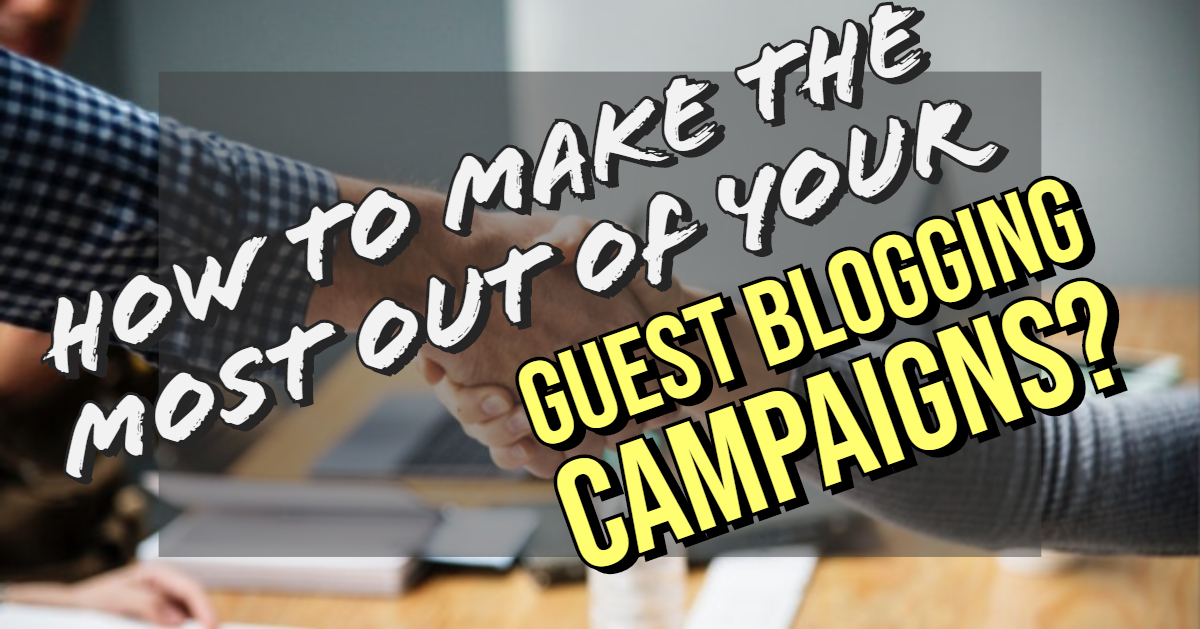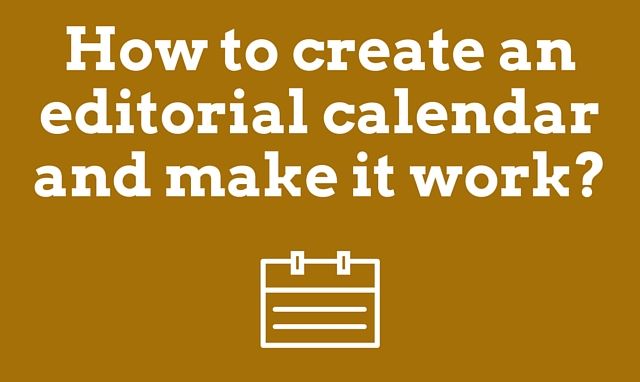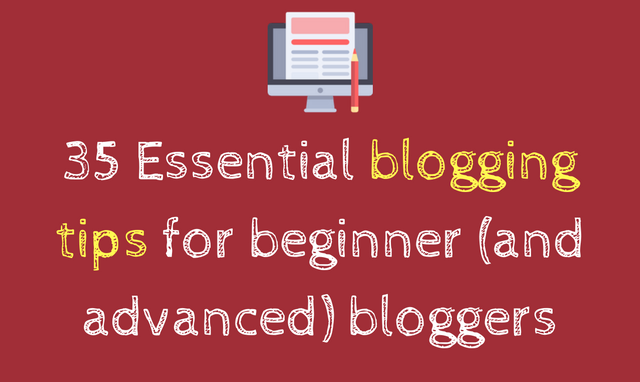If you want to tap into the benefits of video blogging or video marketing, then you have got to be on YouTube. While many other video sharing platforms like Vimeo, Veoh, Dailymotion, etc. exist, …
Continue Reading about Get more YouTube subscribers with these tried-and-tested methods →


![52 Instantly usable Blog post ideas to have your year covered [Works for ANY niche]!](https://www.janesheeba.com/wp-content/uploads/2019/12/52-Instantly-usable-Blog-post-ideas-to-have-your-year-covered-1.jpg)



